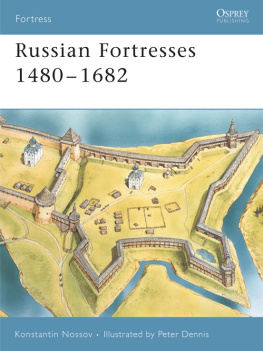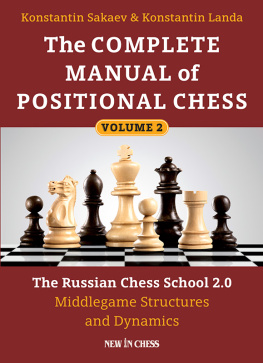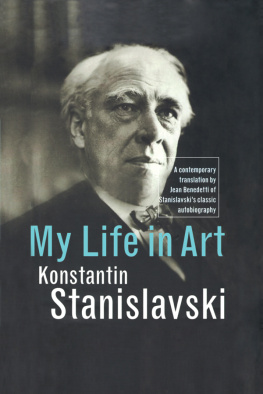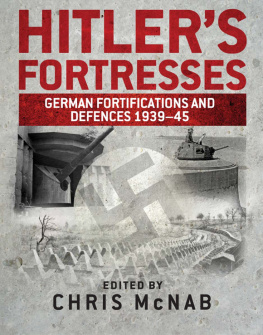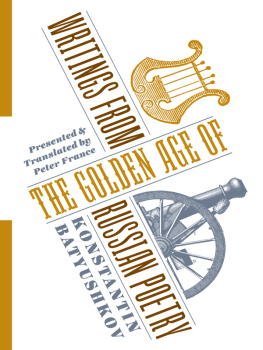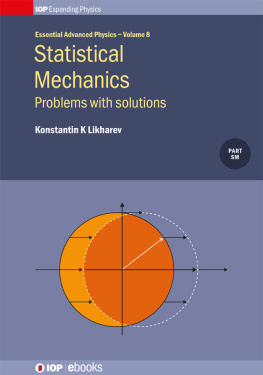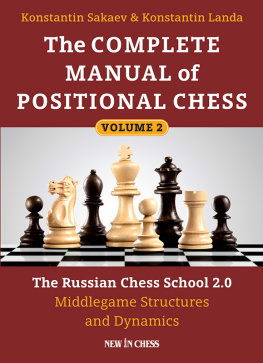Nossov Konstantin - Russian Fortresses 1480-1682
Here you can read online Nossov Konstantin - Russian Fortresses 1480-1682 full text of the book (entire story) in english for free. Download pdf and epub, get meaning, cover and reviews about this ebook. publisher: Osprey Publishing Ltd, genre: Science fiction. Description of the work, (preface) as well as reviews are available. Best literature library LitArk.com created for fans of good reading and offers a wide selection of genres:
Romance novel
Science fiction
Adventure
Detective
Science
History
Home and family
Prose
Art
Politics
Computer
Non-fiction
Religion
Business
Children
Humor
Choose a favorite category and find really read worthwhile books. Enjoy immersion in the world of imagination, feel the emotions of the characters or learn something new for yourself, make an fascinating discovery.
- Book:Russian Fortresses 1480-1682
- Author:
- Publisher:Osprey Publishing Ltd
- Genre:
- Rating:5 / 5
- Favourites:Add to favourites
- Your mark:
- 100
- 1
- 2
- 3
- 4
- 5
Russian Fortresses 1480-1682: summary, description and annotation
We offer to read an annotation, description, summary or preface (depends on what the author of the book "Russian Fortresses 1480-1682" wrote himself). If you haven't found the necessary information about the book — write in the comments, we will try to find it.
Russian Fortresses 1480-1682 — read online for free the complete book (whole text) full work
Below is the text of the book, divided by pages. System saving the place of the last page read, allows you to conveniently read the book "Russian Fortresses 1480-1682" online for free, without having to search again every time where you left off. Put a bookmark, and you can go to the page where you finished reading at any time.
Font size:
Interval:
Bookmark:
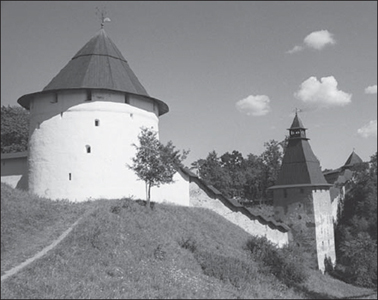
In 1462 the throne of the Principality of Moscow passed to the Great Prince Ivan III (14621505). He subjected the independent lands of Novgorod and Tver to his rule, as well as some of the smaller principalities along the Lithuanian border. Thus, Ivan III practically completed the process of uniting Russian lands around Moscow and became de facto sovereign of a national state. The remaining independent territories were annexed by his son Vasily III (Pskov in 1510 and Ryazan in 1517). One of the direct results of unification was the annihilation of the Mongol yoke imposed on Russia by Batu Khan, son of Genghis Khan, as far back as the mid-13th century. Legend has it that in 1480 Ivan III tore down a Khans charter, which led to a rather comical war where the two opposing armies positioned themselves on opposite banks of the Ugra River for a long time until the Tatar Army retired. The Golden Horde lost what political influence it had in Russia and disintegrated soon afterwards (1502).
The centralization of the Russian state brought about considerable alterations in the defensive strategy of the country in the second half of the 15th century. Fortresses that used to be on the borders of independent states were now so far from external borders that they were not only of no further use but even potentially dangerous as they might become strongpoints for any rebellion by feudal lords. Consequently, such fortresses were neither restored nor rebuilt. They gradually ceased meeting current military requirements and fell into decay. Meanwhile, fortresses situated close to the borders were renovated and reconstructed to counter potential attacks.
During the rule of Ivan III, as well as that of his son Vasily III (150533) and grandson Ivan IV (153384), Russia waged constant wars, with varying degrees of success, in the west and south. Her main enemies were now Lithuania and Poland (Rzeczpospolita after the Lublin Union of 1569), the Livonian Order, Sweden and the Tatar hordes of the Crimea, Kazan and Astrakhan.
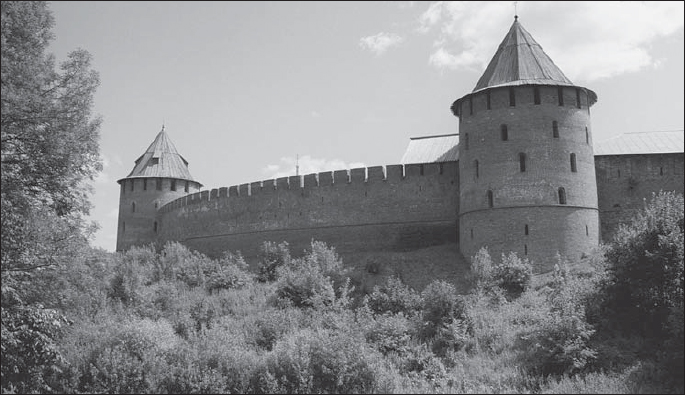
The Fyodorovskaya and Mitropolichya Towers of the kremlin of Novgorod the Great. Jutting from the lines of the walls, the towers had numerous loopholes that enabled the defenders to conduct effective flanking fire. Round and rectangular towers coexisted in the kremlin of Novgorod the Great, as in many other kremlins of the period. The walls used to be covered with shingle.
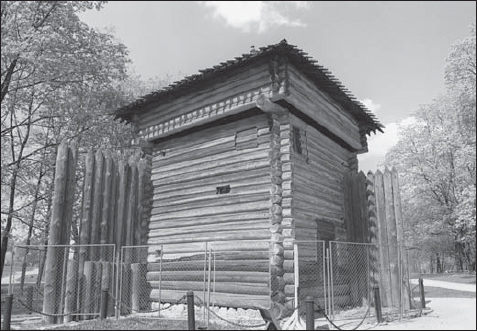
The tower of Bratski Ostrog. This was part of a structure built by Cossacks in 1652 on the river Angara and had four towers. The tower you can see in the picture was transferred to Moscow in 1959 and now is on view in Kolomenskoye Park.
Lithuania, the Livonian Order, Poland and Sweden had well-organized armies supplied with powerful artillery and experienced in various siege techniques. Therefore, solid masonry fortresses capable of meeting the challenge were built on the borders in Pskov, Novgorod, Smolensk and Mozhaisk. The fortress of Smolensk was of particular strategic importance. Situated on the way to Moscow, the town could act as a barrier to the capital or serve as a springboard for an enemy advance depending on whose hands it was in.
On her southern borders Russia had the Tatars. Tatar raids on Russia continued up to the beginning of the 17th century. Their tactic was based on making surprise raids, devastating villages or whole districts and swiftly retiring to the steppes. The Tatars army consisted of light, highly manoeuvrable cavalry; they had neither efficient infantry nor any siege artillery, hence their extremely rare and usually unsuccessful attacks on fortresses. Most often they just blockaded a town or a fortress with a part of their force, leaving the garrison no chance of making a sortie or the local population of hiding themselves behind the fortress walls. Meanwhile the other part of the army raided nearby villages capturing booty and taking away prisoners. That is why Russias southern borders needed extensive lines of fortifications, even though the individual fortifications were comparatively weak. These defence lines called the Bereg, the Zasechnaya Cherta and the Belgorodskaya Cherta offered the possibility of halting the advance of the enemy until the population could be evacuated and the main force, based in border towns, summoned. The defence system of the southern border was effective as a rule and in most cases the Tatars were prevented from penetrating far into the Russian territory. However, the moment Moscow slackened its defences, the Tatars made raids deep into the country Khan Mehmed-Girey reached Moscow in 1521; in 1571 the Crimean Khan Devlet-Girey even captured most of the capital before being beaten back from the walls of the Kremlin. Therefore aggressive offensive operations were conducted in addition to defensive measures. Under Ivan IV the Russian state expanded with the capture of Kazan (1552) and Astrakhan (1556), and the river Volga, from source to issue, was now in the hands of Moscow.
Ermaks expedition to Siberia (158185) launched the colonization of the territory beyond the Urals. The sparse indigenous population of the vast territories of Siberia was backward in both socio-economic and military terms. There were no armies equipped with powerful artillery and capable of laying a regular siege. Therefore, small wooden forts (ostrog), fully adequate for the needs of the colonists, were built here.
Between the years 1604 and 1613 Russia suffered a period of anarchy known as the smoota (time of troubles) surviving a number of pretenders, a devastating civil war, a joint Polish and Swedish invasion and a peasant rebellion. The smoota was punctuated by a series of sieges, including those of the Troitse-Sergiev Monastery (160810) and Smolensk (160911), the fall of Novgorod (1610) and a battle for Moscow; the latter was seized by the Poles in 1610 and besieged by the Russian peoples volunteer corps under Lapunov (1611) and Pozharsky (1612).
The smoota ended in 1613 with the election of Mikhail Romanov to the Russian throne. Mikhail (161345) took advantage of the breathing space to carry out a reform of the army. Several regiments of foreign mercenaries were formed from 1618 to 1632; foreigners taught some of the Russian regiments the art of Western warfare. Tsar Fyodor (167682) also carried out European-style military reforms, but it was not until Peter the Great (16821725) ascended to the Russian throne that the army was completely reorganized, and this extended to the construction and design of fortifications as well.
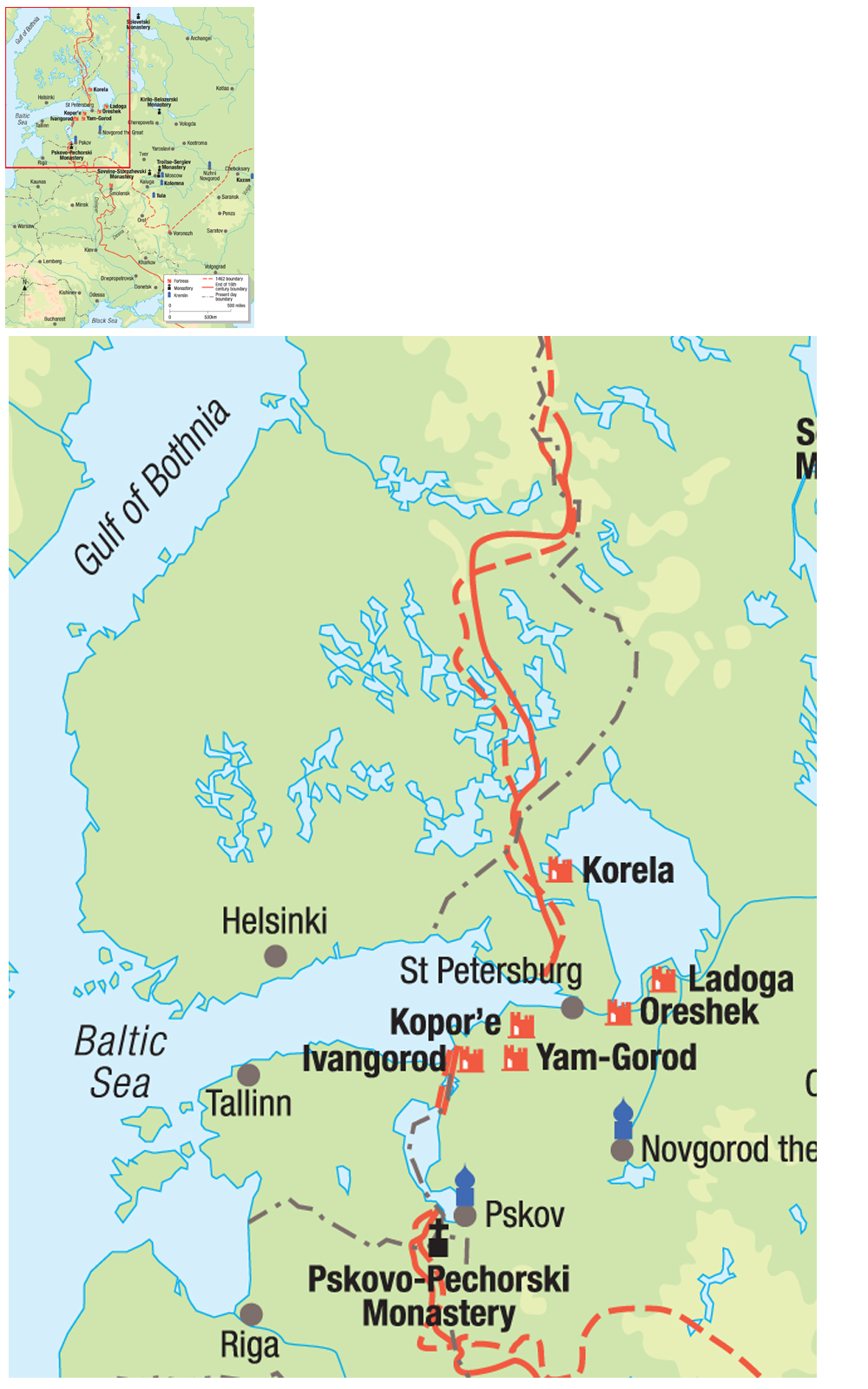

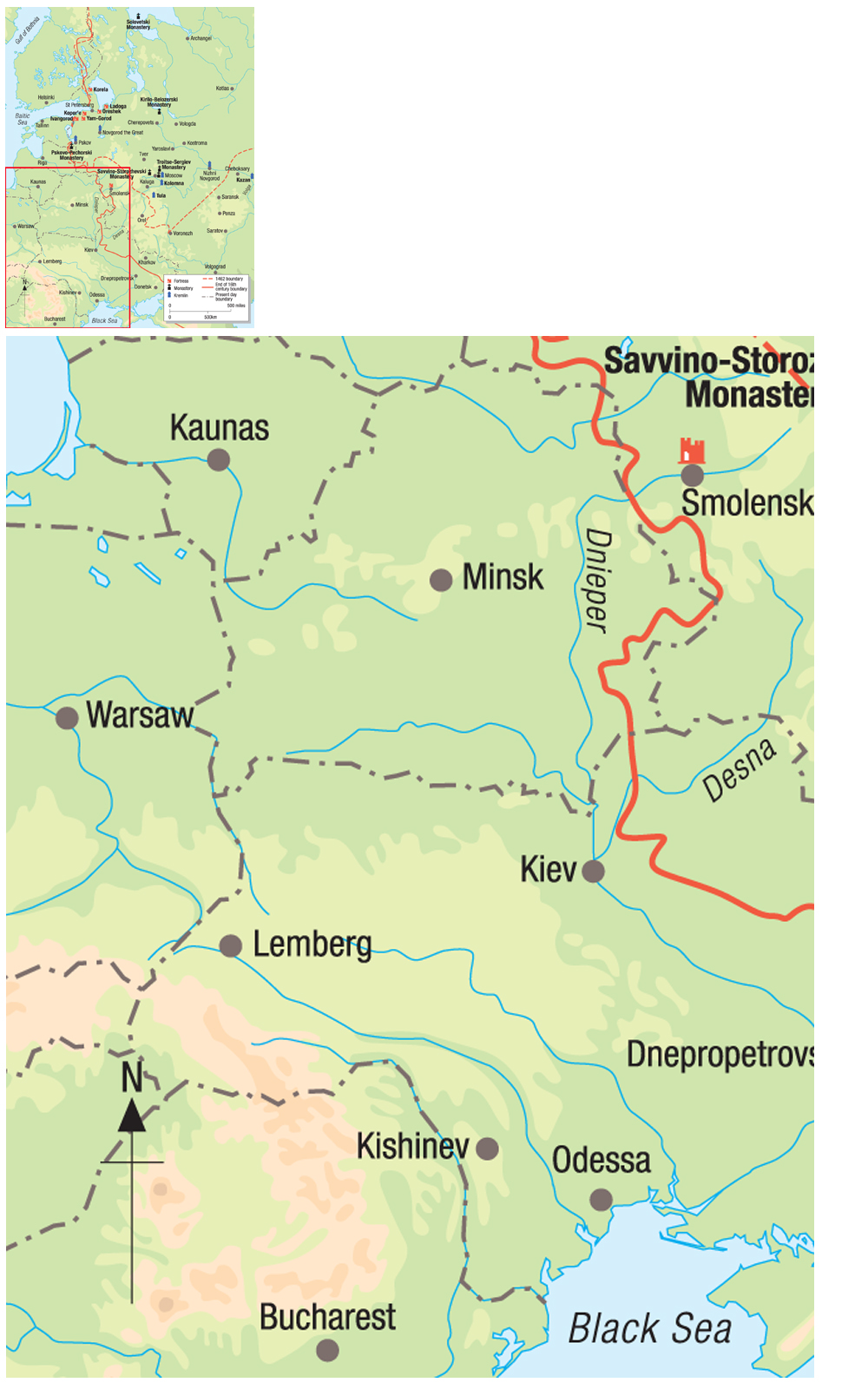
Font size:
Interval:
Bookmark:
Similar books «Russian Fortresses 1480-1682»
Look at similar books to Russian Fortresses 1480-1682. We have selected literature similar in name and meaning in the hope of providing readers with more options to find new, interesting, not yet read works.
Discussion, reviews of the book Russian Fortresses 1480-1682 and just readers' own opinions. Leave your comments, write what you think about the work, its meaning or the main characters. Specify what exactly you liked and what you didn't like, and why you think so.

